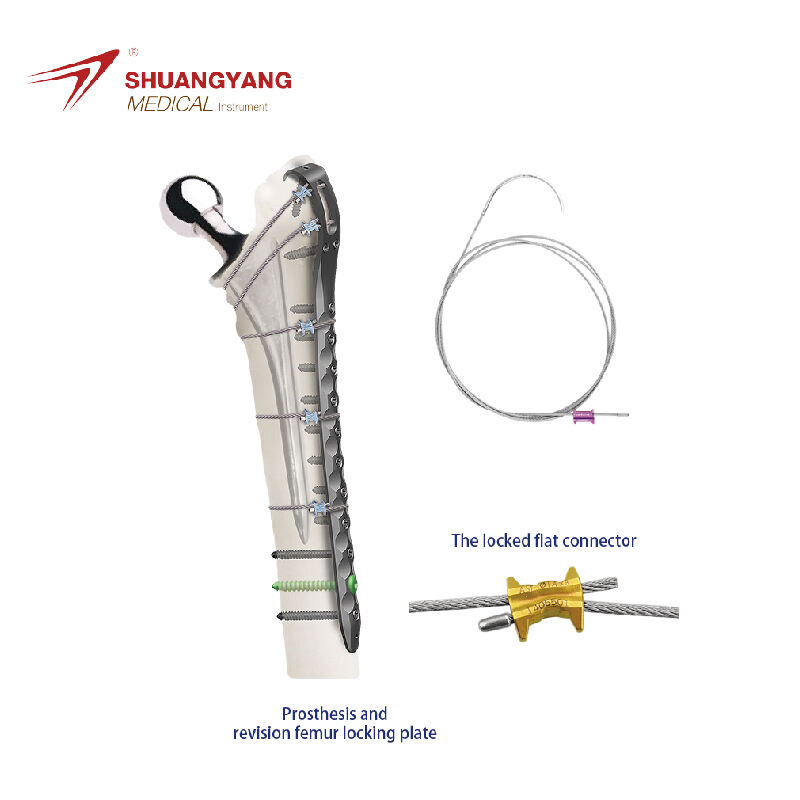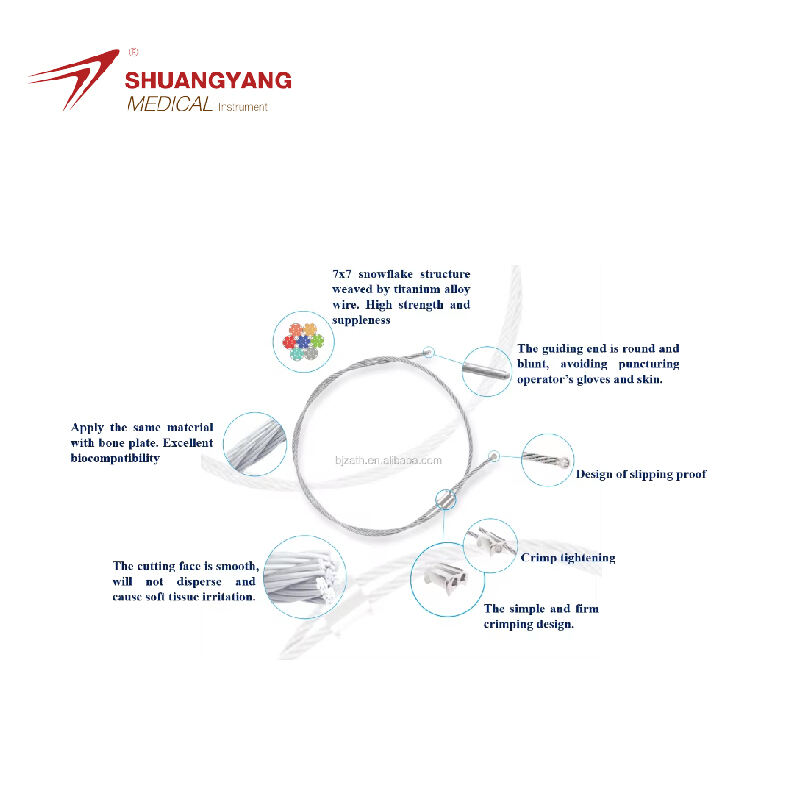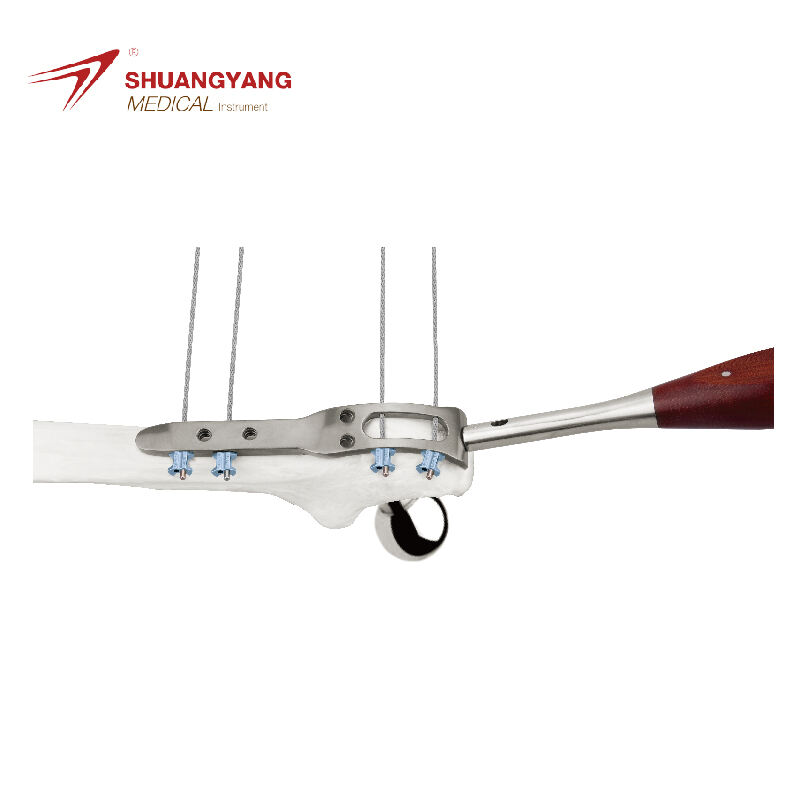lumbar spine operation
The lumbar spine operation is a surgical procedure designed to address a range of conditions affecting the lower back. The main functions of the lumbar spine include supporting the body's weight, enabling movement, and protecting the spinal cord. Technological advancements have enhanced the features of lumbar spine surgery, incorporating minimally invasive techniques, robotic assistance, and image-guided systems. These applications allow surgeons to perform precise operations with reduced recovery times, minimal scarring, and lower risks of complications. Patients with conditions such as herniated discs, spinal stenosis, or spondylolisthesis can benefit significantly from this innovative procedure, regaining mobility and alleviating chronic pain.


